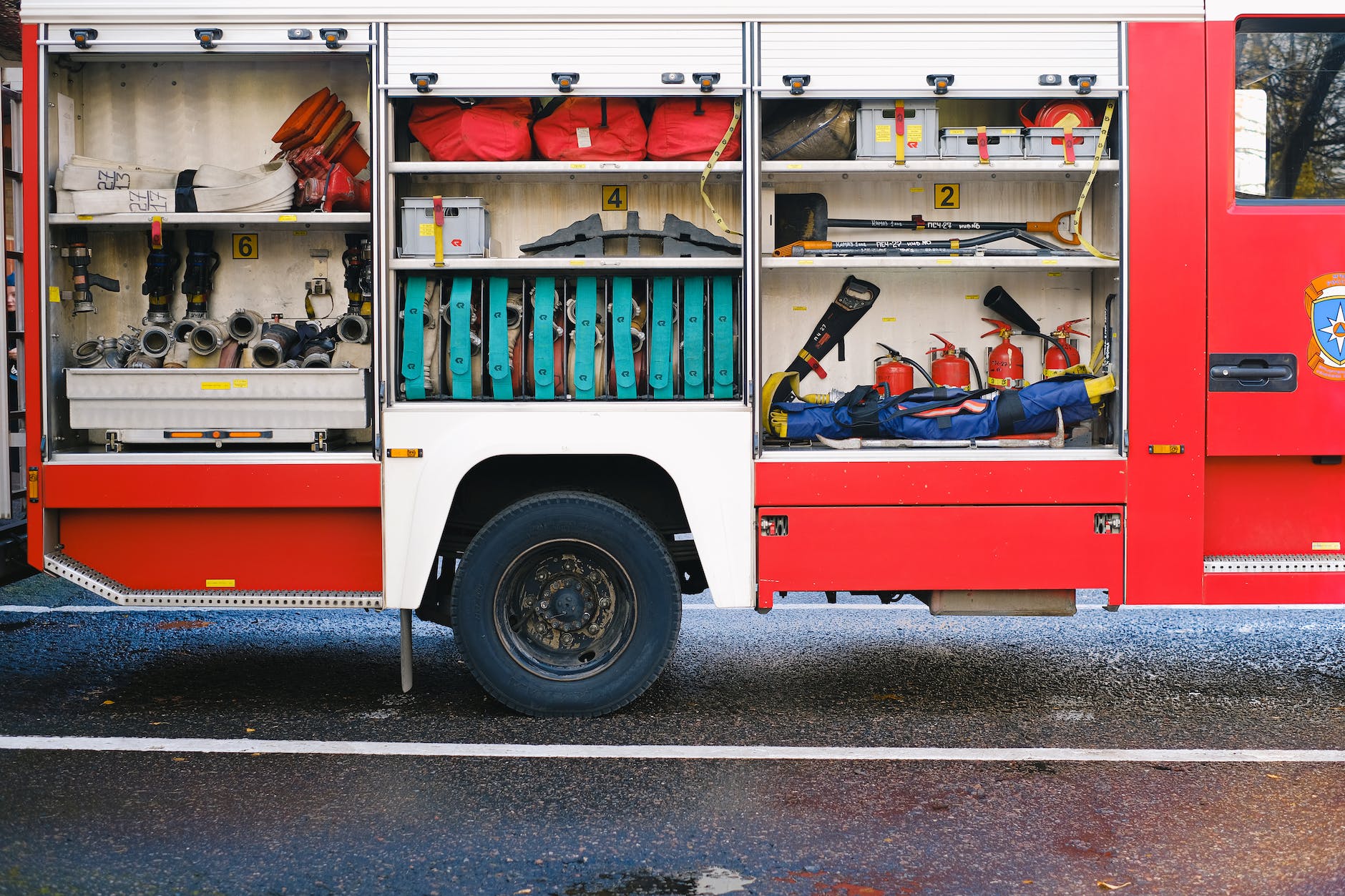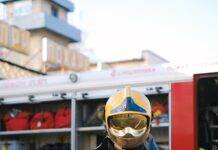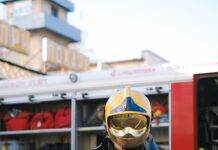
Fire Safety: Classes, Drills, and Extinguishers
Introduction
In any environment, be it a home, office, or industrial setting, fire safety is paramount. This article explores the crucial elements of fire safety, focusing on understanding fire classes, the importance of fire drills, and the proper use of fire extinguishers. By comprehensively addressing these aspects, individuals and organizations can enhance their ability to prevent, respond to, and mitigate the impact of fires.
Understanding Fire Classes
Fires are diverse, and understanding their classifications is fundamental to effective fire safety. There are five main classes: Class A involves ordinary combustibles, Class B deals with flammable liquids, Class C involves electrical fires, Class D pertains to metal fires, and Class K relates to kitchen fires. Recognizing these classes is essential for selecting the appropriate firefighting methods and extinguishers.
Fire Drills: Importance and Execution
Fire drills are more than routine exercises; they are vital components of a comprehensive fire safety strategy. Conducting regular fire drills ensures that occupants are familiar with evacuation procedures, the location of fire exits, and the overall emergency response plan. Practicing these scenarios contributes to a calm and coordinated evacuation during a real emergency.
Types of Fire Extinguishers
Fire extinguishers are crucial tools in combating different types of fires. Understanding the common types is essential:
- Water Extinguishers (Class A): Effective for ordinary combustibles like wood and paper.
- Foam Extinguishers (Class A and B): Suitable for flammable liquids.
- CO2 Extinguishers (Class B and C): Effective for electrical and flammable liquid fires.
- Dry Chemical Extinguishers (Class A, B, and C): Versatile and widely used.
- Wet Chemical Extinguishers (Class K): Specifically designed for kitchen fires involving fats and oils.
Knowing which extinguisher to use for each fire class is critical for a prompt and effective response.
Proper Use of Fire Extinguishers
Possessing fire extinguishers is only beneficial if individuals know how to use them correctly. Training on the proper usage of different extinguishers is essential. This includes understanding the operating instructions, maintaining a safe distance from the fire, and using the appropriate firefighting technique for the specific fire class.
Fire Safety in Specific Settings
Fire safety measures should be tailored to the unique characteristics of each setting. Homes, offices, and industrial environments have distinct challenges. Addressing these challenges requires a customized approach to fire prevention, evacuation plans, and emergency response procedures.
Emergency Evacuation Plans
Developing and implementing clear emergency evacuation plans is a fundamental aspect of fire safety. These plans should include designated evacuation routes, assembly points, and communication protocols. Regularly practicing and updating these plans ensures that occupants can evacuate safely and efficiently during emergencies.
The Role of Technology in Fire Safety
Advancements in technology play a crucial role in enhancing fire safety measures. Modern fire detection systems, automated suppression technologies, and smart building solutions contribute to early detection, rapid response, and improved overall safety in various environments.
Importance of Employee Training
Employees are a vital part of any organization’s fire safety efforts. Proper training ensures that individuals are aware of fire safety protocols, understand their roles during emergencies, and can contribute to maintaining a safe workplace environment.
Common Fire Hazards
Identifying and mitigating common causes of fires is a proactive approach to fire safety. Regular inspections, maintenance of electrical systems, and awareness campaigns can significantly reduce the risk of fire incidents.
Legal Compliance and Regulations
Adhering to fire safety regulations is not just a legal obligation but a crucial aspect of protecting lives and property. Understanding and complying with local regulations ensures that businesses and individuals create and maintain a safe environment.
Community Engagement in Fire Safety
Building a resilient community involves engaging residents and businesses in fire safety initiatives. This includes organizing awareness campaigns, providing training programs, and fostering a collective responsibility for fire safety.
Case Studies
Real-life examples of successful fire safety implementations offer valuable insights. These case studies highlight the effectiveness of proactive measures, well-executed evacuation plans, and the impact of advanced technologies in preventing and mitigating fire incidents.
Fire Safety: Classes, Drills, and Extinguishers1. Fire Classes: Fires are categorized into different classes based on the type of materials fueling them. Understanding these classes helps in choosing the appropriate firefighting measures.- Class A: Fires involving ordinary combustibles like wood, paper, and cloth.
- Class B: Fires fueled by flammable liquids or gases.
- Class C: Electrical fires involving energized electrical equipment.
- Class D: Fires fueled by combustible metals.
- Class K: Fires involving cooking oils and fats.
2. Fire Drills: Fire drills are crucial to ensuring that occupants of a building know how to respond swiftly and safely in case of a fire emergency.- Planning:
- Develop and regularly review evacuation plans with clearly marked escape routes.
- Assign responsibilities to designated personnel (fire wardens, floor monitors).
- Establish assembly points outside the building.
- Notification:
- Use fire alarms, loudspeakers, or other means to notify occupants of the drill.
- Communicate the nature of the simulated emergency.
- Evacuation:
- Conduct drills regularly, ensuring occupants practice evacuating the building calmly and quickly.
- Include scenarios that simulate blocked exits or inaccessible routes.
- Review:
- After each drill, conduct debriefings to discuss successes and areas for improvement.
- Update evacuation plans based on drill feedback.
3. Fire Extinguishers: Fire extinguishers are essential tools for tackling small fires before they escalate. Different types of extinguishers are designed for specific fire classes.- Water (Class A):
- Effective against ordinary combustibles but not suitable for flammable liquid or electrical fires.
- CO2 (Class B, C, Electrical):
- Suitable for flammable liquid and electrical fires.
- Leaves no residue, making it ideal for sensitive electronic equipment.
- Dry Chemical (Class A, B, C):
- Versatile and effective against various fire classes.
- Commonly used in offices, homes, and industrial settings.
- Foam (Class A, B):
- Effective against flammable liquid fires.
- Forms a barrier to prevent re-ignition.
- Dry Powder (Class D):
- Specifically designed for combustible metal fires.
- Often used in laboratories and industrial settings.
- Wet Chemical (Class K):
- Designed for kitchen fires involving cooking oils and fats.
- Creates a cooling effect to stop re-ignition.
4. General Fire Safety Tips:- Install and maintain smoke detectors in key areas.
- Regularly check and maintain fire safety equipment.
- Know the location of fire exits and escape routes.
- Keep flammable materials away from heat sources.
- Follow electrical safety practices to prevent electrical fires.
- Establish a meeting point outside for accountability during evacuations.
By understanding fire classes, conducting regular fire drills, and having the right type of fire extinguishers available, individuals and organizations can significantly enhance their ability to respond effectively to fires and protect lives and property.Conclusion
In conclusion, fire safety is a collective responsibility that requires a multi-faceted approach. Understanding fire classes, conducting regular fire drills, and knowing how to use fire extinguishers are essential components of an effective fire safety strategy. By prioritizing these elements, individuals and organizations can create safer environments and minimize the potential impact of fires.
Fire Hazards and Control Measures
What is the Life of a Fire Sprinkler?
Frequently Asked Questions (FAQs)
- Why is understanding fire classes important for fire safety?
- Knowing fire classes helps in selecting the right firefighting methods and extinguishers for different types of fires.
- What is the significance of regular fire drills?
- Regular fire drills ensure that occupants are familiar with evacuation procedures, reducing panic and improving response times during emergencies.
- How do I choose the right fire extinguisher for a specific fire class?
- Understanding the fire class and using the corresponding fire extinguisher is crucial. This knowledge is vital for effective fire suppression.
- Why is employee training essential for fire safety?
- Employee training ensures that individuals are aware of fire safety protocols, fostering a culture of responsibility and preparedness.
- How can technology enhance fire safety measures?
- Technology, such as smart detectors and automated suppression systems, enhances fire safety by providing early detection and swift response capabilities.

























Fire